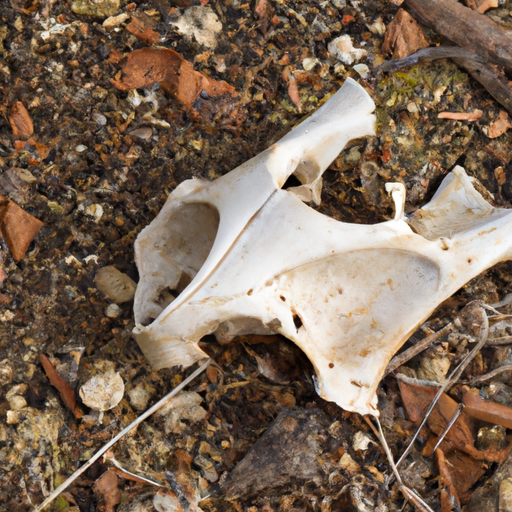 Introduction:
Introduction:
Death is an inevitable part of life, not only for humans but also for the entire animal kingdom. While many animals leave their deceased companions to decompose or become prey for scavengers, there exists a remarkable group of creatures that display behaviors akin to burying their dead. This article delves into the intriguing world of animal burial practices, exploring the various species that engage in this behavior, the reasons behind it, and the potential implications it holds for our understanding of animal cognition and emotions.
1. Corvids – The Avian Undertakers:
Corvids, including crows, ravens, and jays, are widely recognized as highly intelligent birds capable of complex social interactions. These avian undertakers have been observed exhibiting behaviors suggestive of burial rituals. They often cover their deceased comrades with leaves, twigs, or even pebbles, seemingly concealing the body from view. This behavior, observed in multiple corvid species, indicates a level of understanding and respect for the dead that is truly remarkable.
2. Elephants – Grief and Mourning:
Elephants, renowned for their emotional depth and social bonds, display behaviors associated with mourning and burial. When encountering a deceased elephant, members of the herd exhibit signs of grief, such as gathering around the body, touching it with their trunks, and remaining in close proximity for extended periods. In some instances, elephants have been observed covering the deceased with branches, leaves, and dirt, symbolically burying their fallen companion.
3. Dolphins – Communal Support:
Dolphins, highly intelligent marine mammals known for their intricate social structures, have also been observed engaging in burial-like behaviors. In certain instances, dolphins have been seen pushing the body of a deceased pod member towards the ocean floor, possibly to prevent it from resurfacing or being scavenged by other predators. This act suggests a communal effort to provide their fallen comrade with a final resting place.
4. Chimpanzees – Funeral-like Gestures:
Chimpanzees, our closest living relatives sharing 98% of our DNA, exhibit behaviors that resemble funeral rites. Upon discovering a deceased member of their community, chimpanzees often gather around the body, inspect it closely, and engage in gentle touching or grooming. This behavior, similar to human funeral customs, suggests a deep understanding of death and the need to acknowledge and respect the passing of an individual.
5. Bees – Honoring the Hive:
Bees, known for their highly organized societies, display intriguing behaviors when a fellow bee dies. Worker bees may remove the body from the hive, carrying it away from the colony to prevent the spread of disease. This act of corpse removal is considered a form of burial, ensuring the hygiene and well-being of the hive as a whole. Bees’ ability to recognize and respond to the death of a companion demonstrates their advanced social intelligence.
Conclusion:
The existence of animal burial practices challenges our traditional understanding of death rituals as uniquely human. From corvids to elephants, dolphins to chimpanzees, and bees to numerous other species, the evidence of burial-like behaviors among animals suggests a profound level of cognition, empathy, and social complexity. These observations urge us to reconsider the depth of emotions experienced by animals and to recognize the significance of their rituals in honoring and respecting their deceased comrades. Exploring the fascinating world of animal burials opens new avenues for understanding the intricate tapestry of life and death in the animal kingdom.
